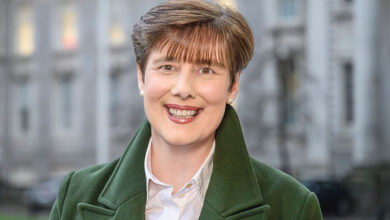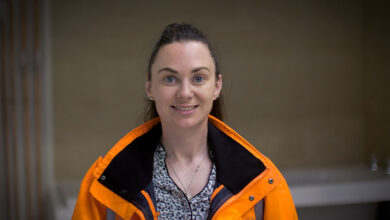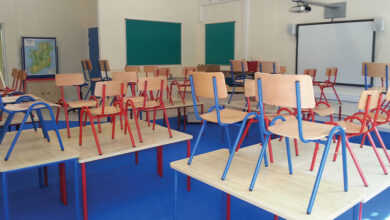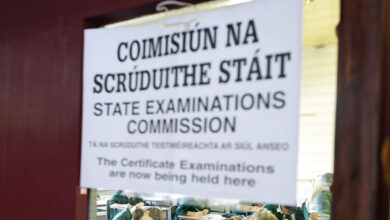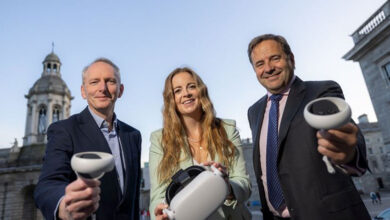Irish education: A 20-year review
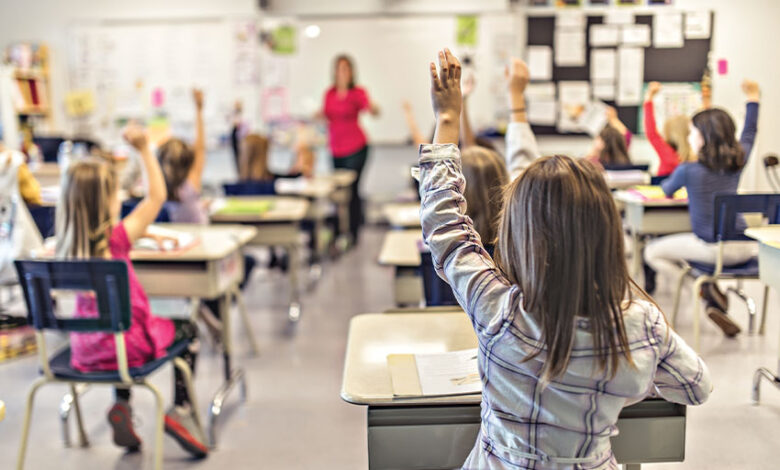
The Department of Education’s Overview of Education 2002-2022 publication demonstrates the significant shifts which have taken place in Irish education settings over the last two decades.
Over the 20-year period from 2002 to 2022 there was an increase of 114,423 (25.8 per cent) in enrolments in primary schools (both mainstream and special), although the Department has stated that enrolments are projected to fall over the coming 11 years.
Looking at total enrolments in primary schools, the report states that in 2022 there were 558,143 primary school pupils, an increase of 3,355 on 2021 when the total was 554,788.
Primary school enrolments
When the change in enrolments by administrative county over the past 10 years is examined, the data shows the largest proportional increases occurred in Roscommon at 13.1 per cent, followed by Dublin at 9.9 per cent, and Monaghan at 9.5 per cent.
The smallest increase occurred in Mayo (1.1 per cent) and Tipperary (0.6 per cent), while Offaly, Clare, and Donegal were the areas that saw the largest decreases by 1.1 per cent, 0.9 per cent, and 0.2 per cent respectively.
Primary schools by religion
The total number of mainstream primary schools has declined by 57 since 2012, from 3,152 in 2012 to 3,095 in 2022. However, the pattern is not uniform, with 118 Catholic schools and 11 Church of Ireland schools closing between 2012 and 2022, while the number of multi-denominational schools has increased by 69 in the same period.
These clear trends in school ethos are a result of the closure of schools with declining enrolments and the amalgamation of schools in close proximity to each other, as well as the opening of new multidenominational schools in response to parental choice. All 25 newly established mainstream primary schools opened in the last five years have been multi-denominational in ethos, spread over various patrons. Despite these changes, Catholic schools still comprise the vast majority of primary schools, with 88.5 per cent of schools having a Catholic ethos in 2022.
Post-primary education
While enrolments in primary schools peaked in 2018, enrolments in post-primary schools continue to rise and, according to the published post-primary projections, are expected to reach their peak in 2024.
In post-primary schools, total enrolments stood at 406,392 in 2022, an increase of 14,694 on 2021. Enrolments have risen by 48,984 over the past five years. The largest increases can be seen in Roscommon (42.4 per cent), Meath (34.3 per cent), Laois (31.4 per cent), and Kildare (31.2 per cent), all of which increased by over 30 per cent, while Monaghan (2.7 per cent), and Sligo (0.5 per cent) saw smaller increases.
There is a growing importance of large schools in the post-primary system. While small schools (less than 300 pupils) made up 29.8 per cent of all schools in 2012, this has dropped to 19.8 per cent in 2022, while the number of large schools (800+ pupils) has more than doubled (from 65 to 148). The number of pupils attending small schools fell by 12,614 over this period, while the number of pupils attending large schools has increased from 62,038 to 143,088.
More boys than girls consistently attend mixed-sex schools, with 72 per cent of boys in a mixed school in 2022 compared with just 64.6 per cent of girls. This is reflected in the number of schools by gender category; in 2022, there were 124 all-girls post-primary schools, compared with 96 all-boys schools.
Looking at the changing participation rates in Leaving Cert (LC), Leaving Cert Vocational Programmes (LCV) and Leaving Cert Applied (LCA) since 2002, the percentage of pupils following the LCA programme stood at 6.4 per cent in 2022, up slightly on 2021 (5.8 per cent); participation in the LCV programme stood at 27 per cent, which shows a change in previous downward pattern for this programme (23 per cent in 2021), while LC stood at 66.6 per cent, a decrease on 2021 (71.2 per cent).
In terms of pupils who participate in transition years by gender and Delivering Equality of Opportunity in Schools (DEIS) status, more females than males consistently do Transition Year (TY), and uptake is lower in DEIS schools than in non-DEIS schools. However, there has been a small fall in TY participation in both school categories between 2019 and 2020, and an increase in the following years, 2021 and, especially, 2022.
There is a consistent pattern of more boys than girls attending fee-charging schools. Overall, 7.6 per cent of boys were enrolled in a fee-charging school in 2022, compared with 5.8 per cent of girls. Enrolments in fee-charging schools, as percentage of total enrolments, are down on 2020 and represent a continuing pattern of falling attendance at fee-charging schools.
The report overall shows a shift away from denominational ethos in education, albeit marginal, towards increased secularisation of education in the State, which correlates which societal shifts outlined in Census 2022 which show more people moving away from religion.

